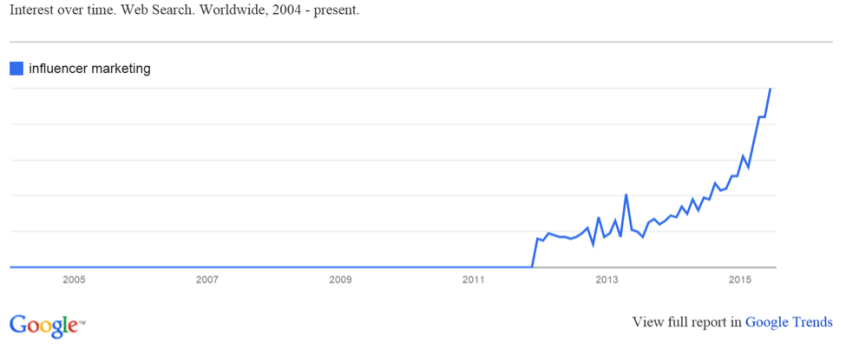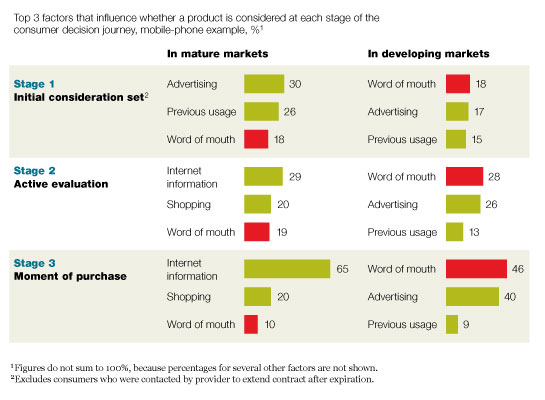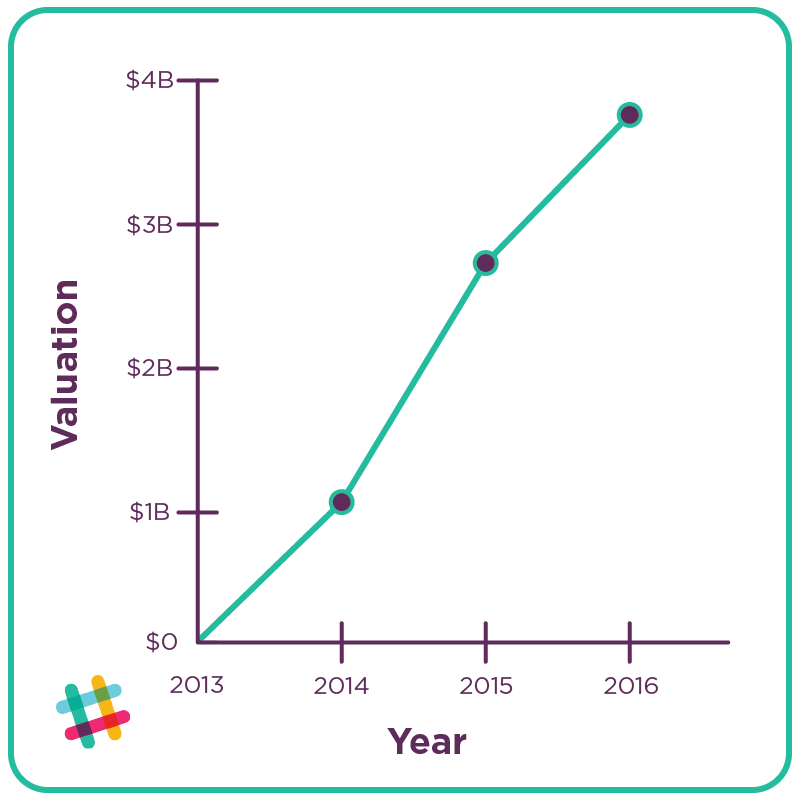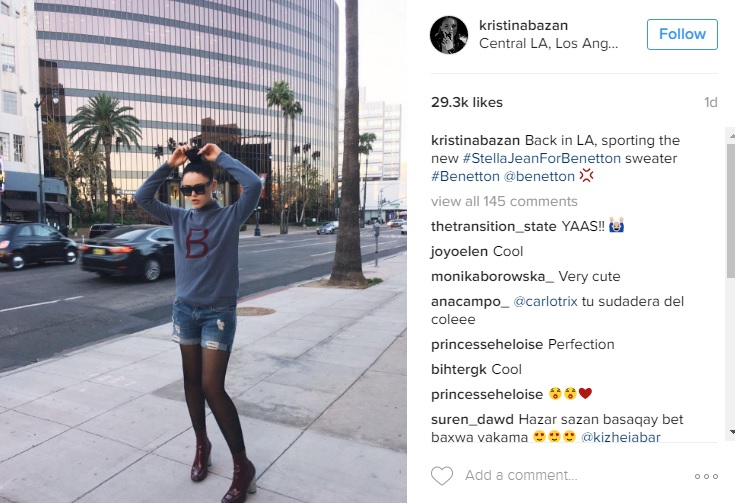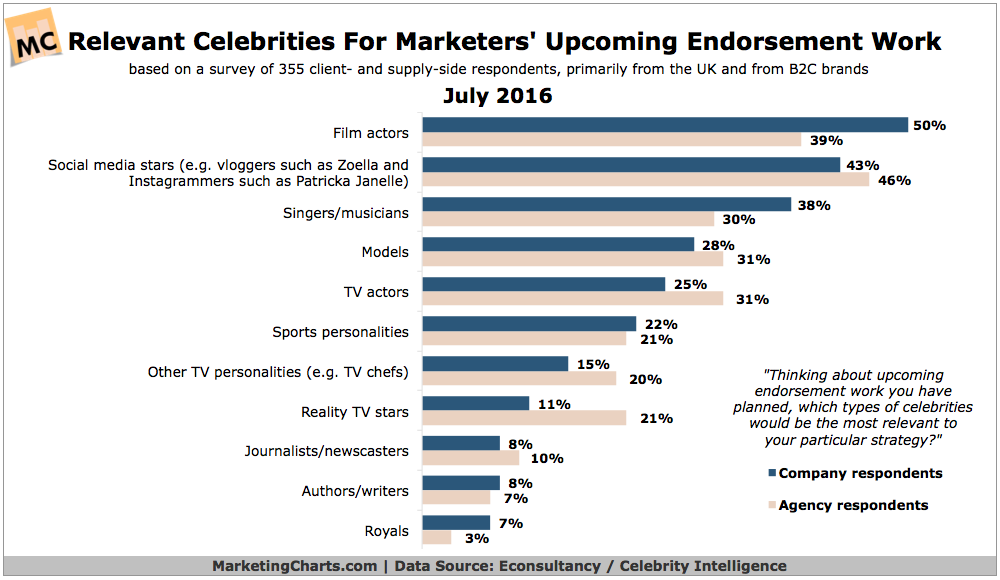Amplify Your SEO Strategy With Influencer Marketing
Influencer Marketing is the New Content King
When you see a display ad for a random product, you likely tune it out; but when a friend recommends something to you, you listen. The same principle applies in the world of business. One Nielsen study reveals that 92% of consumers around the world claim they are quicker to trust word-of-mouth sources over faceless advertisers. In order for your business to navigate the saturated online marketplace, you must leverage the power of trust to your advantage. Although trust is rarely earned overnight, you can earn your way to reputability by following a well orchestrated influencer marketing plan.
What is Influencer Marketing?
Influencer marketing calls upon the support of key individuals to offer currency, credibility, and trust to a brand. In its primitive form, influencer marketing was at first the act of providing product “testimonials,” but over time it has integrated social media and other forms of online sharing to become a formidable marketing force in the digital age. Influencers don’t have to be millionaires and billionaires, they just have to have an expertise in your niche. as well as a significant following.
Let’s use an example. Say you’re running a fitness advice blog and trying to market a particular workout to your audience. If you’re not well-established, it can be hard to convince others to get on board; by reaching out to someone who has experience in fitness, and an engaged audience at their disposal, you can draw upon their credibility to boost your own. If fellow fitness professionals introduce your workout to their fan base, their fans might become interested in your instruction and go to your website to learn more. The benefits you’ll receive from an effective influencer marketing plan are numerous, but remember that it takes time. Not everyone will greet you with open arms, but those who do will be expand your reach quicker than any other channel.
As of now, influencer marketing is considered an arbitrage. In other words, the supply of influencers exceeds the amount of brands seeking their assistance. This gap is closing quickly. A recent eMarketer survey predicts that 84% percent of marketers will invest in influencer marketing by the end of 2017.
Google searches for “influencer marketing” over the past decade also foreshadowed this massive boom.
What Are The Benefits?
First and foremost, influencer marketing is about trust, it’s not about making money, at least initially. Fear not, an increased ROI comes with time. But influencer marketing at its core is designed to build lasting relationships with real people. When a brand has trust on their side, the clients and money will follow.
According to a study by McKinsey, word-of-mouth marketing generates twice as many sales as paid advertising, plus consumers have a 37% higher retention rate. As you can see below, word-of-mouth plays a heavy role throughout the conversion process.
Source: McKinsey
Influencer marketing also increases ROI by lowering your spending in other areas. Paid advertising is a major financial burden for most brands, especially since online conversion rates are relatively low. Google AdWords accounts record an average conversion rate of only 2.70% on search ads, and a measly 0.89% on their display network. Conversely, for every $1.00 you spend on paid media, you could earn as much as $12.00 on earned media through influencers. So rather than tossing your ad spend into the abyss, focus on building tangible connections with likeminded people who can echo your brand in a credible, and cost effective manner.
There’s also the possibility that your influencer will want YOU to promote their brand in return. They won’t ask for this exchange on day one, but as you accumulate high-quality content and grow the value of your audience, other published and even advertisers will begin to take notice. Like any human relationship, influencer marketing is a give and take, requiring cooperation from both parties to help the other achieve its goals. The more you offer to help your influencers, the more likely they’ll do the same for you.
All of these benefits work in tandem to improve one area of content marketing we’re always looking to boost, SEO.
SEO Impact
Search Engine Optimization is an intimidating phrase for many marketers. We’ll spend hours upon hours optimizing our content without seeing the kind of search engine rankings boost we’d hoped for. With a well-executed influencer marketing strategy in place, your SEO will increase dramatically, and without quite as much heavy lifting.
Each time an influencer provides links, pointing consumers to your website, they’re improving your search engine ranking in the process. From there, your SEO snowballs; your influencer’s followers will share your content and their followers will do the same, creating backlinks left and right. The quantity, and quality, of external sites linking to your website is one of Google’s top considerations when ranking your page. Their algorithm looks at a) How many sources are linking to your content and b) are these sources reputable? If you have hundreds of content shares, you’ll be deemed an authority within your niche, and worthy of a higher search engine ranking.
At the same time that Google’s algorithm is rewarding you for high quality content, influencers are providing you much needed social media credibility. Through likes, shares, retweets, pins, etc., your content will permeate the social sphere, generating more backlinks, and favorability to your brand. How frequently you’re being shared, and by whom, are critical factors to your off-page SEO.
Examples of Influencers
Real-time messaging service, Slack, began in 2013 with no outbound sales team and very little in the way of paid marketing. Instead, their founders relied on a simple formula—creating a superior product designed to meet consumers’ needs in a big way. Slack reached out to fellow Silicon Valley companies, like Rdio and Cozy, imploring them to test their product and provide feedback. After running through this process several times, Slack was able to fine-tune their product to ensure a successful release in late 2013. But more importantly, they had already accumulated a group of influencers who were praising their brand. Like a word-of-mouth wildfire, Slack exploded. Within three years, the company would grow from 16,000 active users to over 2,000,000.
Influencers come in all sizes. You don’t need an A-list celebrity spokesperson vouching for the “coolness” of your brand, you just need someone who exudes credibility and has a wide reach. This is why we’re seeing a meteoric rise in social media personalities, and bloggers, turned influencers.
One example is Kristina Bazan, a 22 year old Swedish fashion blogger who grew an Instagram fanbase of 2.4 million followers within five years. Her role as a fashion influencer has caught the attention of Louis Vuitton and Cartier to help market their products.
Back in the day, companies would only hire established TV or movie actors to represent their brand. Now, the paradigm has shifted. By looking at the chart below, we see that the kind of celebrities marketers’ are using these days is changing quickly. Yes, traditional celebrities continue to be the most commonly used by company marketers but social media stars make more than one-quarter (28%) of all endorsements.
A big reason for this trend is basic economics. Why spend thousands or millions of dollars seeking an endorsement from an A-list influencer, when you can make a much smaller investment in a lower profile star? This might sound like a concession, except for the fact that these lower profile social media stars are giving brands a more positive ROI.
Successful Campaigns
Is your brand’s ethos one of travel and adventure? This is the case with liquor company, Johnnie Walker. Through influencer campaigns across social media, they’ve enlisted help from some of the most widely followed adventure enthusiasts to market their products.
Johnnie Walker utilized their army of influencers to perfection, leading up to #BlueNights, a dinner event celebrating 200 years of the whiskey maker. Athletes and social media personalities threw in #BlueNights and #JohnnieWalker to their Instagram posts to show their followers that they were attending the event, and throwing their support behind the brand.
On the other hand, TD Ameritrade ran an effective influencer marketing campaign without using any celebrity horsepower. Their Human Finance Project, which they called a “movement” instead of a campaign, featured ordinary investors recounting their real financial success stories. These short videos were featured on the TD Ameritrade website.
The Human Finance Project has since been nominated for a 2016 Custodian Social Media Leadership award by WealthManagement.com, going to show that celebrity star power is no longer as vital to a brand’s marketing efforts as is relateability with everyday influencers like you and I.
Your Influencer Marketing Blueprint
With an understanding of the benefits and techniques of influencer marketing, it’s time to reach out to these individuals who can improve the quality of your brand, and amplify your SEO strategy. In doing so, remember to be respectful and courteous of their time and selflessness. When sending emails, be sure to focus on the things you admire most about their brand. Explain why you chose to contact them, out of the thousands of other influencers across the internet. After all, personality is what you’re looking for from your influencer marketing strategy—it might as well begin on your end.



